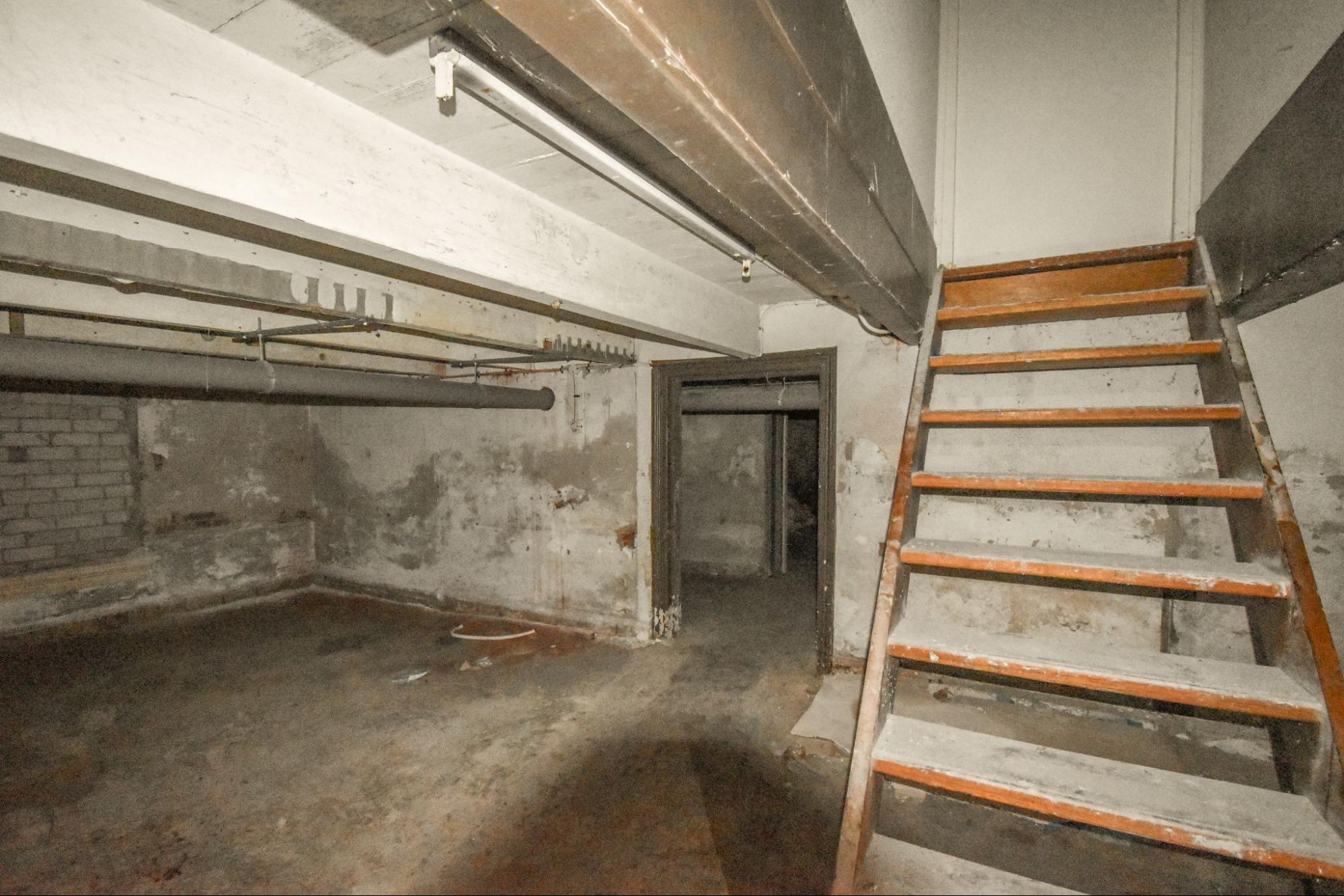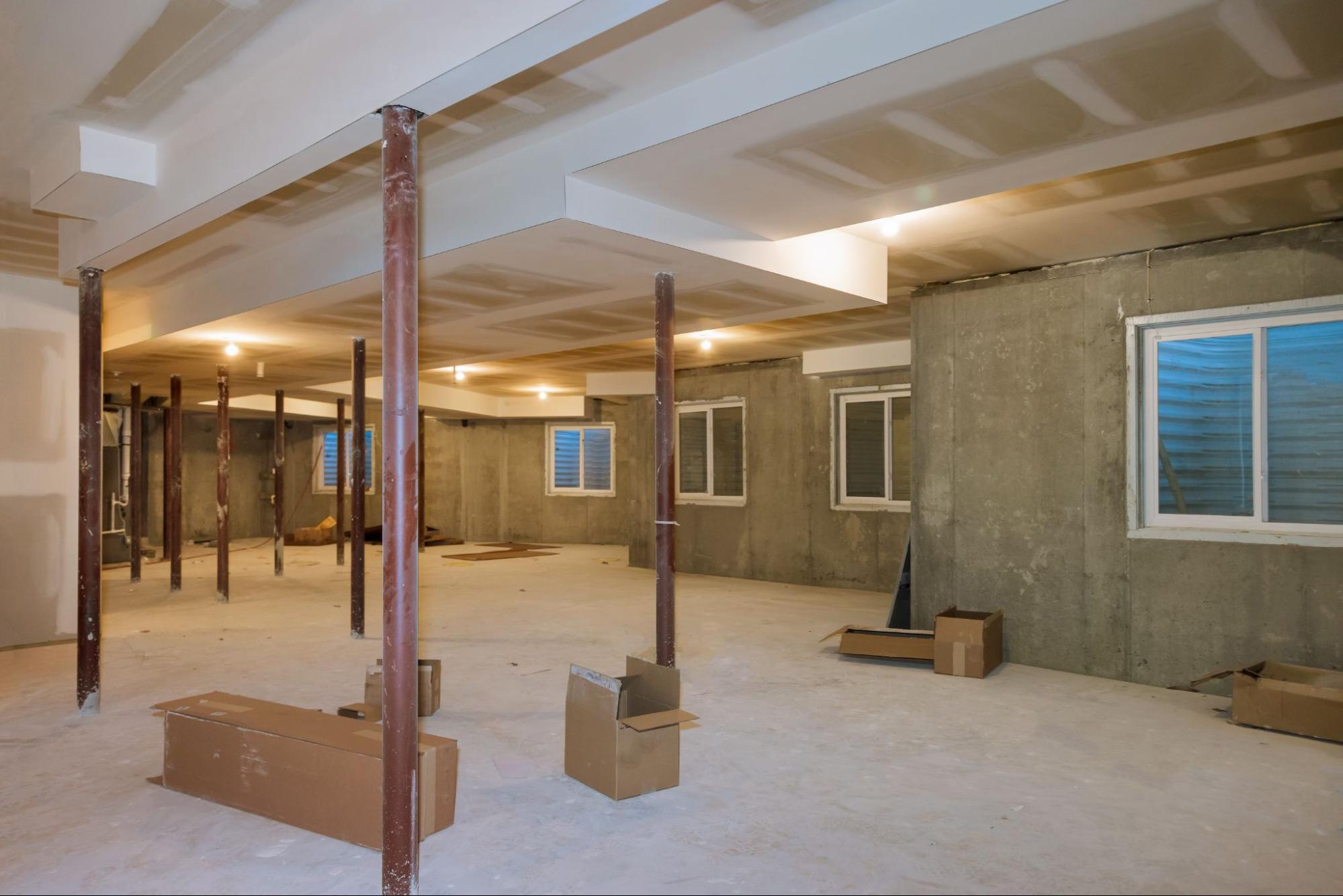
If you’re a homeowner, you know that the basement can be a valuable part of your home. It can serve as extra living space, storage, or even a place to escape during a storm. But if your basement is damp or prone to flooding, it can quickly become a headache. Waterproofing your basement is crucial in protecting your home and making the most of your space.
Understanding basement waterproofing can be overwhelming, but it doesn’t have to be. Several methods are available, each with its own advantages and disadvantages. The key is to choose the method that best suits your needs and budget. From exterior excavation to interior sealants, there are options for every homeowner.
Executing the waterproofing process can be daunting, but with the right guidance, it can be done successfully. By learning about the different methods and understanding the steps involved, you can confidently tackle the project and protect your home from water damage. In this article, we’ll guide you through the process of waterproofing your basement and answer some frequently asked questions.
If you’re a homeowner, you know how important it is to keep your basement dry. A wet basement can lead to many problems, including mold growth, structural damage, and compromised indoor air quality. Waterproofing your basement can help prevent these issues and ensure the longevity of your property.
A dry basement is essential for maintaining a healthy and safe living environment. Water intrusion can cause various problems, including foundation damage, water damage, and mold growth. It can also decrease the value of your home by up to 25%. Therefore, it’s crucial to identify and address any signs of a wet basement as soon as possible.
Some common signs of a wet basement include moisture, leaks, and cracks in the foundation. You may also notice musty odors or dampness in the air. It’s essential to address these issues promptly to prevent further damage to your home.
Several waterproofing solutions are available, including sealants, waterproof coatings, and drainage systems. The best solution for your basement depends on the severity of the problem and the type of foundation your home has. A professional waterproofing contractor can help you determine the best course of action.
Understanding basement waterproofing is crucial for maintaining a safe and healthy living environment. By identifying common waterproofing issues and selecting the appropriate solutions, you can protect your home from water damage and increase its value.

After completing the preparation and repairs, you are ready to start the waterproofing process. This section will cover the installation of waterproofing systems and finishing your basement after waterproofing. While you can do this on your own, it is highly recommended that you seek professional help from a basement waterproofing service for the best results.
Ensure your basement is free from cracks or damage before installing a waterproofing system. Inspect your basement walls and floors for cracks or leaks. If you find any, repair them before proceeding with the waterproofing process. You can use injection to seal the cracks and prevent water from seeping into your basement.
There are various waterproofing systems that you can install in your basement, including a sump pump and a waterproofing membrane. A sump pump will help pump out any water that enters your basement, while a waterproofing membrane will prevent water from seeping through the walls and floors. It is important to choose the right waterproofing system for your basement. You can consult with a professional to help you determine the best waterproofing system for your needs.
Once you have installed the waterproofing system, you can start framing your basement and installing electrical wiring. It is important to ensure that everything is properly sealed and insulated to prevent water from entering. After completing the framing and electrical work, you can finish your basement with the appropriate materials. This includes drywall, flooring, and any other finishing touches you desire.
In conclusion, the waterproofing process requires careful preparation and repairs, followed by installing the appropriate system and finishing touches. While you can do this independently, it is recommended that you seek professional help for the best results.
Waterproofing your basement is an essential step in maintaining your home’s structural integrity. With the right tools, materials, and knowledge, you can successfully waterproof your basement and prevent costly water damage.
One of the first steps in waterproofing your basement is to identify the source of moisture. This could be anything from a leaky pipe to poor drainage. Once you have identified the source of moisture, you can then take steps to address the issue.
Several methods for waterproofing your basement include exterior waterproofing, interior waterproofing, and drainage systems. Exterior waterproofing involves excavating the perimeter of your home and applying a waterproof coating to the foundation walls. This method is typically more expensive and time-consuming but is often the most effective.
Interior waterproofing involves applying a waterproof coating to the interior walls of your basement. This method is less expensive and invasive but may not be as effective as exterior waterproofing.
Another option is to install a basement drainage system. This involves installing a system of pipes and drains channeling water away from your home. This method is often very effective and can be combined with exterior or interior waterproofing for added protection.
If you are uncomfortable tackling a basement waterproofing project alone, consider hiring a professional like Kaminskiy Care and Repair. We have the knowledge and experience to properly waterproof your basement and prevent costly water damage. Contact us today
There are several effective methods for waterproofing basement walls from the inside, including applying waterproof coatings or sealants, installing interior drainage systems, and using waterproof wall panels. These methods can help prevent water from seeping through cracks in the walls and causing damage to your basement.
While DIY approaches can be effective for minor waterproofing tasks, such as sealing small cracks or applying waterproof coatings, professional basement waterproofing systems are often more reliable and long-lasting. Professional systems are typically designed to address the specific needs of your basement and can provide a more comprehensive solution to water intrusion.
Waterproofing a basement from the outside typically involves excavating the soil around the foundation and applying a waterproof membrane or coating to the exterior walls. This method can be more effective than interior waterproofing methods, as it prevents water from entering the foundation in the first place. However, it can also be more expensive and disruptive to your property.
Several drainage systems can be installed in a basement, including interior French drains, exterior French drains, and sump pumps. The best type of drainage system for your basement will depend on various factors, including the severity of the water intrusion, the layout of your basement, and your budget.